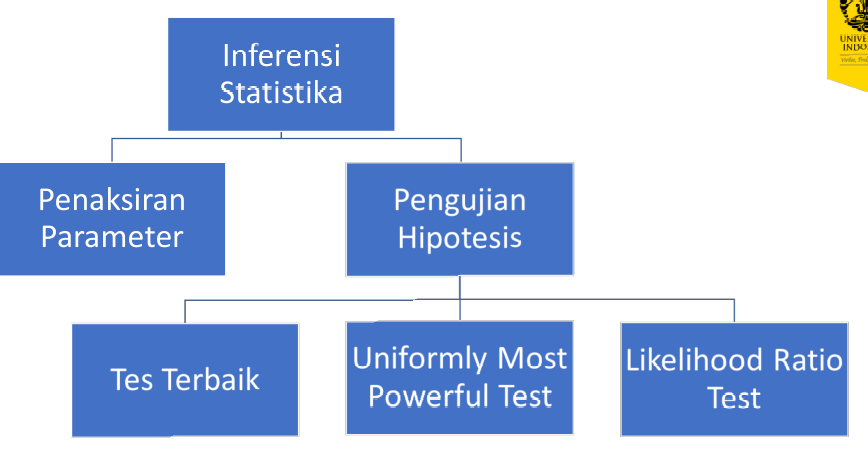1_1.10
-
Markov’s inequality : If positive function
1_4.6
1_5.1
1_LIMITING DISTRIBUTIONS
2_5.2
- Convergence in probability : For all
- Weak law of large numbers :
- Weak law of large numbers for sample variance :
- Strong law of large numbers
- Theorem 0 :
2_5.3
3_5.4
3_5.5
- Theorem 1 :
- Theorem 2 :
- Theorem 2.5 :
- Theorem 3 :
3_6.1
3_6.1a_1
3_6.1a_2
3_7.2
- Sufficient statistic : does not depend on
3_7.2
- Neyman theorem : , where
- nonnegative
- function of
- does not depend on
4_7.4
4_7.5
- Regular exponential class
- independent on
- nontrivial continuous
- continuous → , continuous
- discrete → nontrivial
- Theorem 7.5.2 regular exponential class, complete sufficient
5_7.6
5_7.7
- Jointly Sufficient Statistic does not depend on
- Regular Exponential Class on Random Vectors
- independent of
- Space contains a nonempty, -dimensional open rectangle
- are all nontrivial, functionally independent, continuous functions of
- If continuous random variable, then
- are all continuous for , not homogeneous linear function of the others.
- : Continuous function of
- If discrete random variable, then
- are all nontrivial functions of , not homogeneous linear function of the others
6_8.2
7_8.2
8_6.2
8_6.3
- 4.2.1 Confidence Intervals for Difference in Means
- 4.2.2 Confidence Interval for Difference in Proportion
9_6.4
- Hypothesis: Null hypothesis, Alternative hypothesis
- Test
- Critical region / Rejection region
- Power :
- Power Function :
- Types of Statistical Hypotheses: Simple statistical hypothesis, Composite statistical hypothesis
- Simple:
- Composite:
- Significance level / Size :

11_9.1
- Best Critical Region, Best Test
- Neyman-Pearson Theorem : best critical region of size for test vs
12_9.2
- UMPCR : from test simple vs composite . If BCR from test simple vs all simple , then UMPCR
- UMPT: If UMPCR, then its test UMPT
- Monotone Likelihood Ration (mlr) : If monotonic function of , then has MLR in
14_9.3